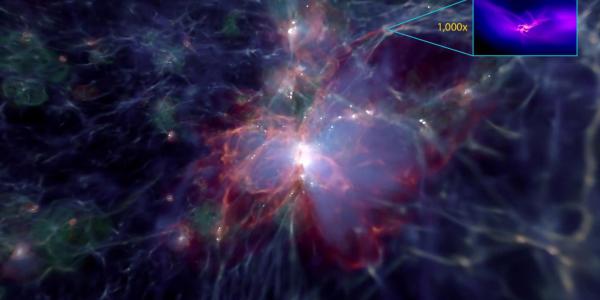Nuclear Physics Seminar with Willem Dickhoff on Comparison of (e,e’p) and (p,2p) Reactions: Similarities and Differences
The possibility of obtaining unambiguous removal probabilities for valence proton shells in closed-shell nuclei was pursued by employing the (e,e’p) reaction in a particular kinematic domain and energy of the outgoing proton. The main results were obtained by the Nikhef group in Amsterdam. The reaction model to extract these spectroscopic factors relied on the distorted wave impulse approximation (DWIA). The results of the analysis of these reactions demonstrated a substantial quantitative deviation from the assumed closed-shell nature of the nuclei studied.
The dispersive optical model (DOM) as developed in St. Louis provides all the ingredients to predict the (e,e’p) cross section. Recent applications to 40Ca and 48Ca confirms the validity of the Nikhef approach, the consistency of the DOM ingredients, while slightly modifying the actual spectroscopic factors.
It was expected that the (p,2p) reaction can be used to extract similar information with rare isotopes in inverse kinematics. Some initial steps in this direction also employing the DWIA demonstrate that this may be more complicated than anticipated. The reasons for this are touched on but clarify that current chiral interactions may have to revisited.

